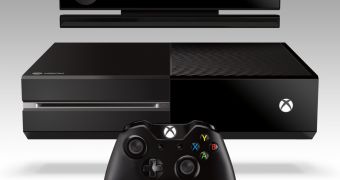Earlier in the week the team at Microsoft finally revealed the Xbox One home console, putting a stop to months of speculation about the name of its next-generation console and its core features.
The presentation offered information on the actual hardware and about some of the video games that will be linked to it, but Microsoft was mainly focused on talking about its vision for the coming years and how gamers will benefit from it.
It seems that the company is interested in simple use and deep integration and will try to make the Xbox One a device that not just media box or gaming console but a way to mix and match experiences that the user is interested in.
The implicit promise is that gamers and on-gamers alike will find it easy to see what they like, to contact friends, to interact with the real world and to switch to other content on the fly.
I am not a fan of American football, but the NFL experience that Microsoft showcased for the Xbox One is truly impressive, with its mix of real world matches and virtual interactions.
If the company can create something similar involving football or, even better, cycling I might pick up a Xbox One even if I continue to play most of the my video games on the PC.
Of course, there's a lot that Microsoft needs to talk about, including the price of the new console and the way it will ask gamers to pay for the various attached services.
The new Kinect sensor might also prove to be a disappointment, as it predecessor has, or the entire switching concept might not work as smoothly as in the Microsoft demo.
But the promise of the Xbox One is intriguing and I eagerly await to see whether it has any chance of becoming reality.

 14 DAY TRIAL //
14 DAY TRIAL //